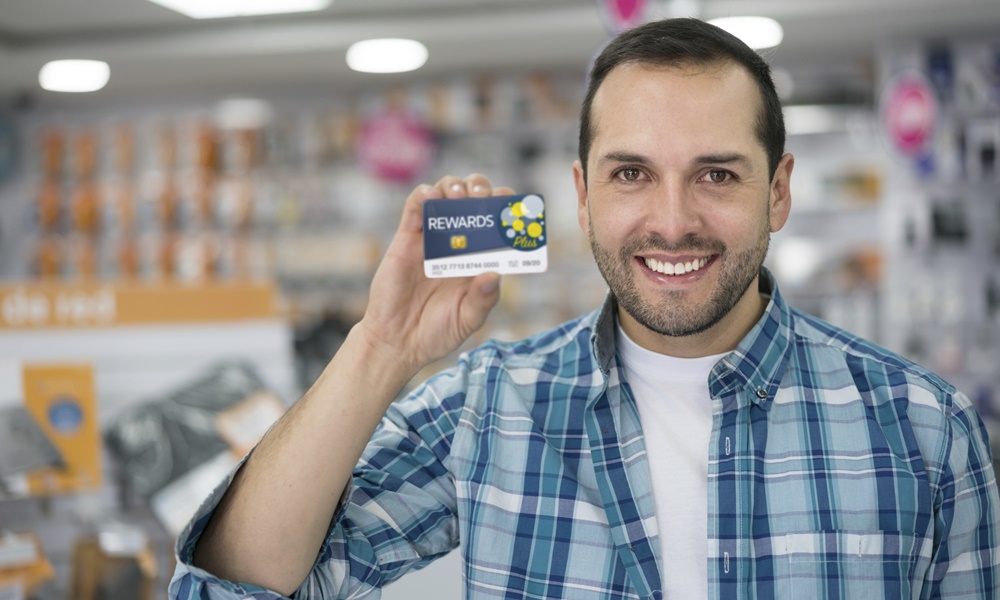New research reveals that Australians, particularly millennials, like their brands with benefits but have concerns about privacy.
For love or money 2016, which is consultancy firm Directivity’s fourth annual report into loyalty programs, shows that 57 per cent of consumers believe that brands need a rewards program to keep customers loyal.
The study was conducted by First Point Research and Consulting through a survey of 1005 Australians who are members of at least one loyalty program and aged 18 or older.
Loyal millennials
For the first time, the researchers went deep into the minds of the millennial generation (made up of those aged about 16 to 34), discovering that 68 per cent of this cohort believe brands should have loyalty programs.
Report author and CEO of Directivity, Adam Posner, says that programs connect more with this generation but will have to evolve to meet their expectations.
“Millennials have a stronger desire for non-transactional methods of being rewarded such as travel and entertainment experiences as well as being rewarded for interacting with the brand, not only transacting,” he explains.
“Loyalty programs need to evolve to reward [millennials] for interactions such as sharing on social media, writing reviews, completing surveys and even loyalty games or gamification are highly regarded by them.
“They are also more eager to have opportunities to donate or redeem their rewards and points for a charity or local community cause, what I call moving from ‘points for purchase’ to ‘points for purpose’.”
Why join a program?
According to the report, there are three main motivations behind consumers joining a loyalty program: convenience, they will purchase from the business anyway so may as well get rewarded; transactional, where the benefits and rewards are worthwhile; and emotional, when the consumer loves the brand and its products/services.
Nearly half (49 per cent) of respondents said the most important factor when asked to join a program was that it is a simple and immediate process.
Privacy matters
The research also found that loyalty program members have become more sensitive about their membership data since Directivity’s 2014 study. Although members are still happy to provide their data for rewards, they want to understand why they need to share their information.
Almost two thirds of members (64 per cent) are happy to receive discounts or special offers based on their purchasing habits but only 20 per cent agree to have their personal details shared with other organisations for a reward or benefit.
“This has implications for big coalition programs,” says Posner. “When people join they know their data will be shared with program partners—but only 20 per cent are saying they agree with it, even if they get more points or rewards.”
Customer defection
The percentage of members leaving programs remains consistent with previous studies, with 23 per cent opting out of programs both passively and actively in 2016 as opposed to 22 per cent in 2015.
“No matter what the rate of defection is, members leaving a program are more than likely leaving the brand, so brands with programs need to be on their toes,” says Posner. “A change in program structure, like Woolworths did in 2015, is the second ranked reason for defection after not earning rewards fast enough.”
For the first time, the study also explored the impact on members if programs they were signed up to closed down, with 36 per cent indicating there would be no impact on them.
“This is a reality check for owners of programs and a warning sign that programs are just not meaningful enough to have an impact,” says Posner.
That said, the research also reveals that if a brand’s loyalty program were to close, there would be an impact on revenue. Nearly a third (31 per cent) of members indicated they would not buy as often as they currently did from the brand, and 23 per cent would not buy as much.
Card still king
In what Posner sees as a surprising result, 65 per cent of members still prefer a traditional loyalty card, while just 16 per cent prefer a mobile app to interact with a program.
“I do believe this will slowly change as mobile becomes a commonly used payment device with links into loyalty programs,” he says.
When it comes to the features, benefits and experiences that members want from programs, it’s all about keeping it simple—easy to earn benefits, easy to redeem for rewards, and easy to understand. They also don’t want their rewards to expire.
“Programs that are simple to interact with and also realise that members believe the points and rewards they earn are theirs, will become the royalty of loyalty programs,” Posner adds.
So, who do Australian consumers think are ‘doing a very good job’?
1. Coles flybuys
2. Woolworths Rewards (formerly Everyday Rewards)
3. Qantas Frequent Flyer
4. Virgin Velocity
5. Myer One
6. Priceline Sister Club
7. CommBank Awards
8. Boost Vibe Club
9. Petbarn Friends for Life
10. Optus Perks
Sign up to the RetailBiz newsletter.

